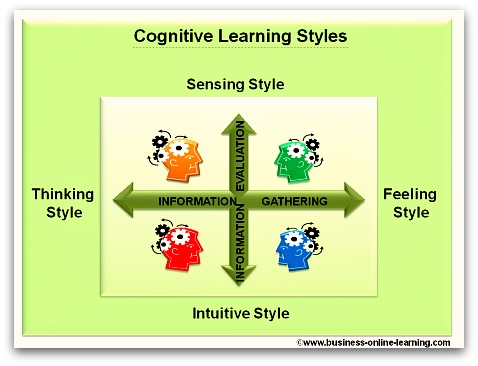Discover Story Mapping
Story Mapping is a technique where you map out a situation, an event, a process as if it were a story you were to tell someone.
By drawing the story and making the sequence of events visible, you lend a transparency to the situation. You thereby gain a valuable method of analyzing, evaluating and even risk-reducing the issue you are dealing with.
The idea is, as with every story-telling situation, emotions will rise to the surface and become more transparent. By mapping out your story of a situation, much will become evident that you hadn't realized before.
Call it an exercise for your emotional intelligence.
What you need for Story Mapping:
 |
|
How to do Story Mapping
Now while many story-mapping techniques run down along the sequence of events - similar to a process, this method is about clarifying underlying issues, indeed looking at determining the future goals or aims you might have. In this method we use only three sections.
Every story has three main parts
Section One:
The first section sets the scenario and describes the environment. Where is the main person, who are they with, why are they there, what is the setting like, what is the climate like?
Section Two:
The main body of the Story usually has the main steps that take place. This can be compared to having to describe a sequence of process steps, “and then, and then, and then...”
Section Three:
The third and final section of the story is the wrapping up, the “what happened at the finish”. You can describe the moral of the story, the outcome or lessons learned.
Helpful Hints
Your mapping can be written out in Story Writing format – or it can be drawn out in cartoon style. As story writing is usually a personal thing, you don’t need to be a Van Gogh. Matchstick men, lines and basic shapes will be enough.
While there may be no need to show your Story Mapping to anybody, it can help to get other’s reactions or questions as these make you explain what you meant. Some of this you may not have been aware of beforehand. You will thereby reach a deeper understanding by getting better insights.
As the aim of the game is to try and “see” a situation and “see” potential solutions, you can be as subjective as you wish. Quite often, this method will highlight issues that you didn’t even realize were there, i.e. misunderstandings, latent conflict, distrusts, lack of purpose, misguided views, perceptions, etc.
You are most definitely not saying that this is what will happen, but you are holding up a mirror to yourself and noting the sorts of beliefs, expectations, feelings, judgments, anxieties, reactions, etc. that you might well find yourself bringing into the situation.
Working In A Group
As a group developing the story; work together to unpack these underlying assumptions and to see what needs to be done.
Pin it on a wall and over the following days, let people note what strikes them about the story and how their reaction to the story changes over time.
Once you have mapped out the situation, sit back and re-evaluate what the exercise has brought to the surface.
Q: Were there any surprises in there?
Q: Can you do anything now to avoid some of the dramas occurring?
Q: Were there issues in there that belong on a different agenda?
Q: What's your gut feeling about the situation?
Q: In light of the story you have just told, would you change any of your goals?
Q: Are you equipped to deal with the matter at hand?
Q: Could you do with support?
Q: Should you get other people into the story?
Q: What is needed to bring the story to a good conclusion?
Be creative by immersing yourself fully in the story. This gives access to the subconscious and a far greater brain power than any regimented approach.
My Own Experience
When I first heard of this method I was in a study group. I read out my story which was about the trials and tribulations of helping out a friend who was in a very difficult situation. It was a hard time with no apparent solution(s). In my story, I remember describing how helping this friend was...
“like pulling a mule through a mud pit”.
The reactions from the group were hilarious! They included the comments:
- “Why was I pulling, could I not walk alongside?”
- “Was it a mule or perhaps a Trojan horse that would end up attacking me?”
- “Was it a mud pit or perhaps quicksand?”
- “Was I aware that I was calling my friend a mule?”
I certainly got food for thought from that exercise in story mapping! And it was fun.












 My name is Martha and I have worked for over 30 years in various aspects of business and in various countries, right around the world.
My name is Martha and I have worked for over 30 years in various aspects of business and in various countries, right around the world.